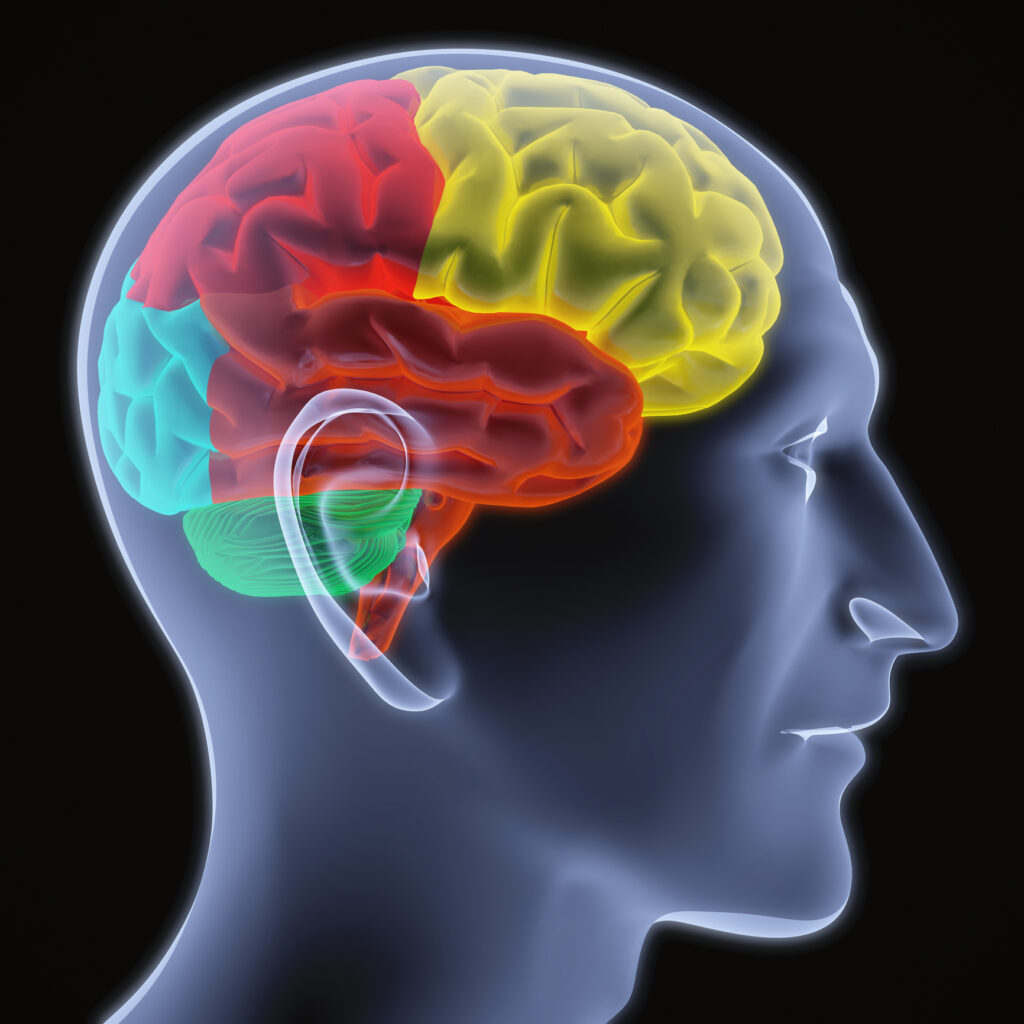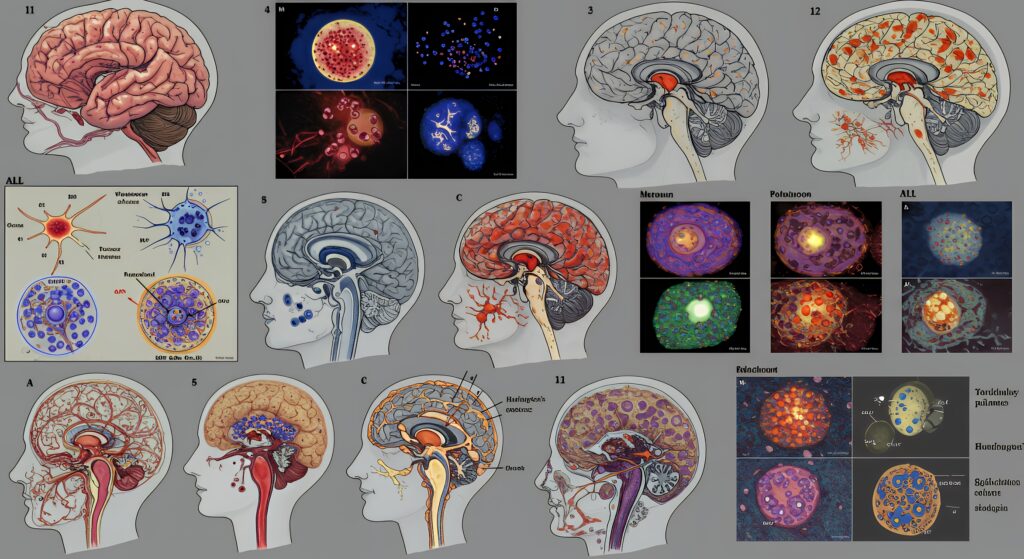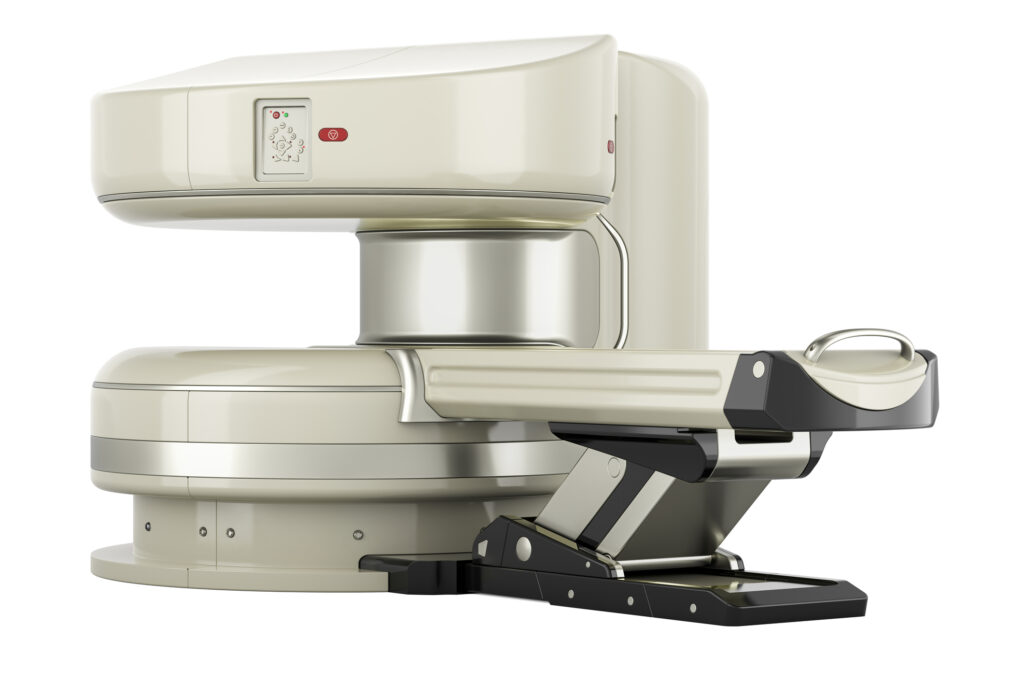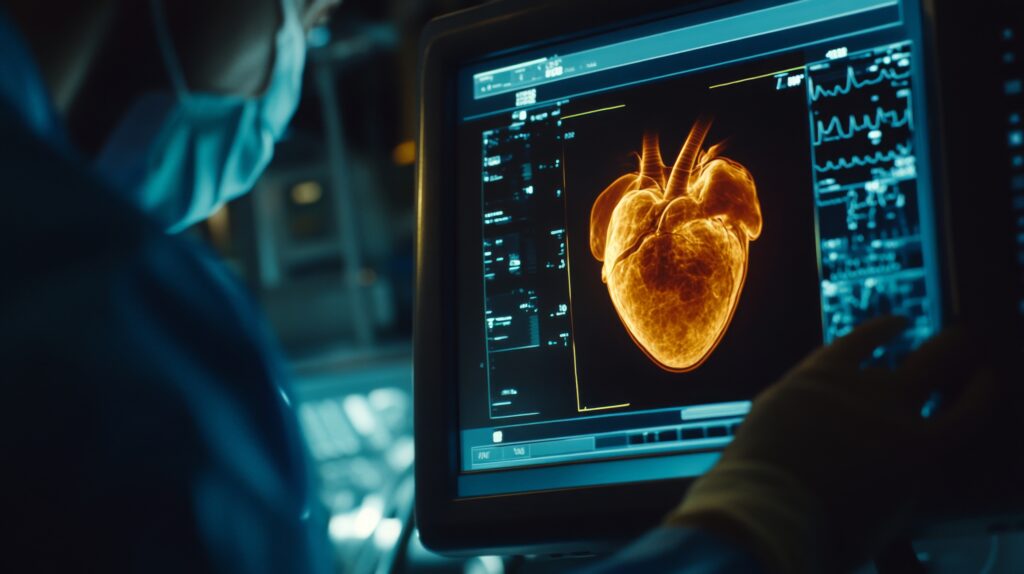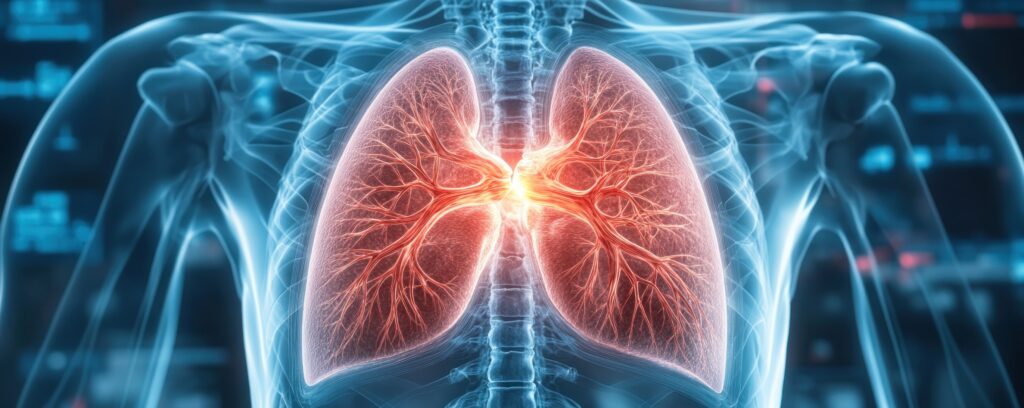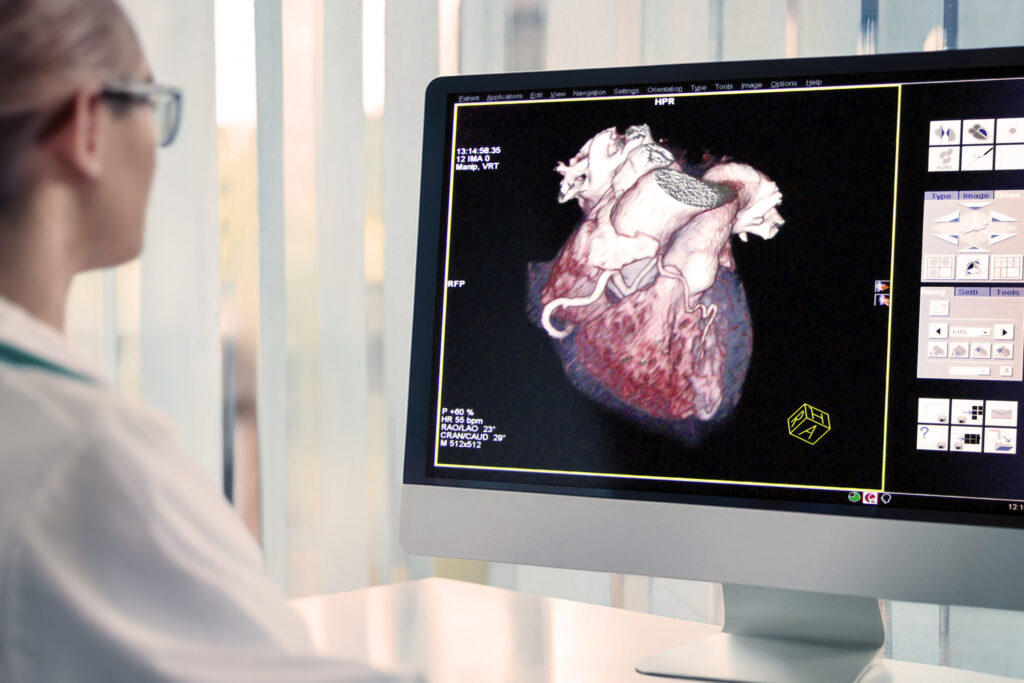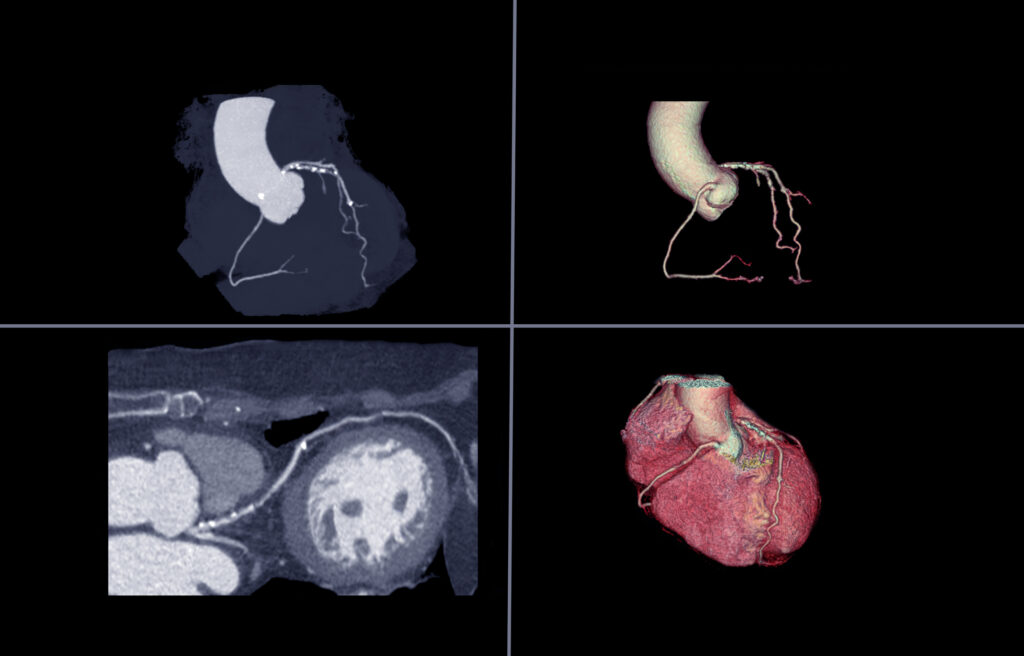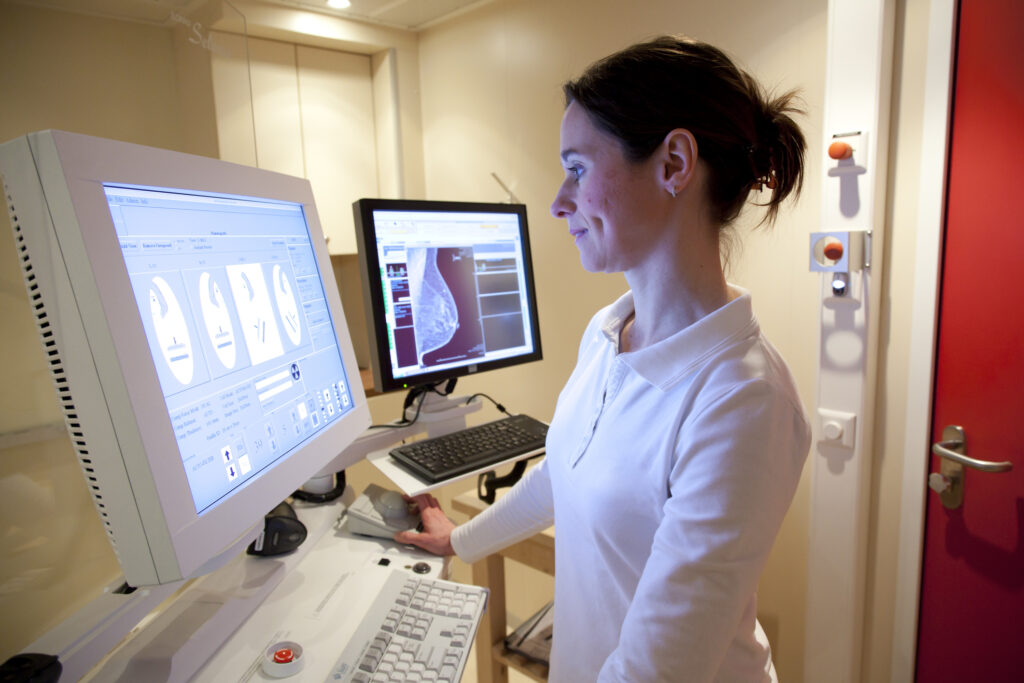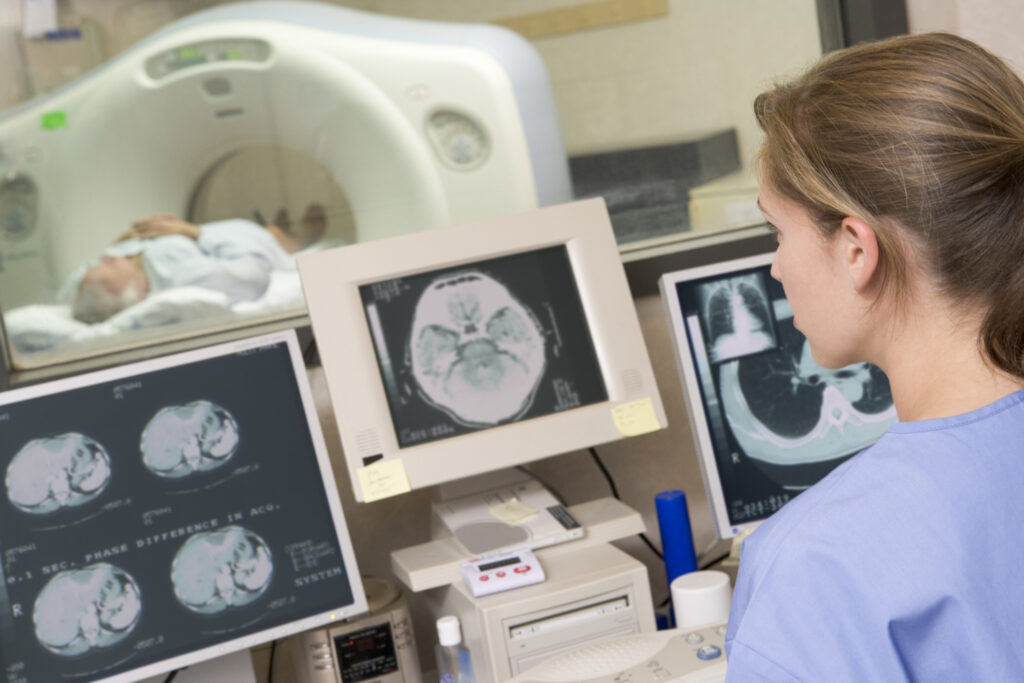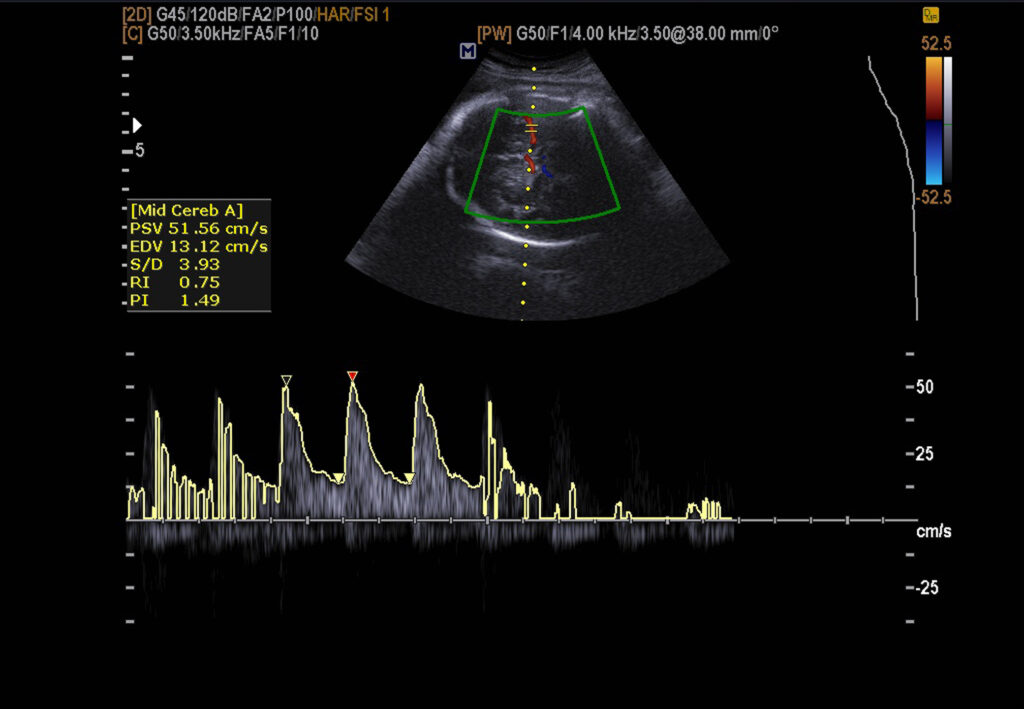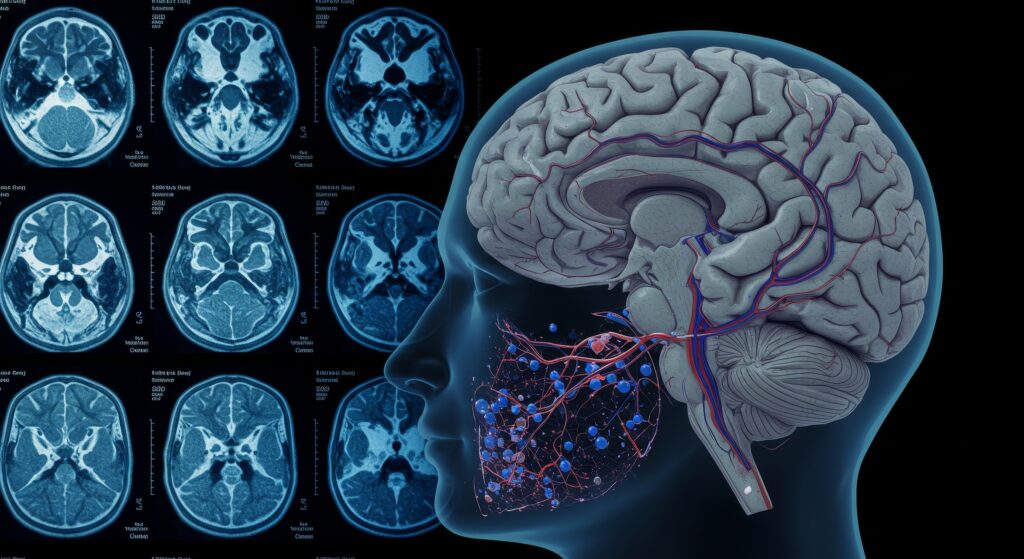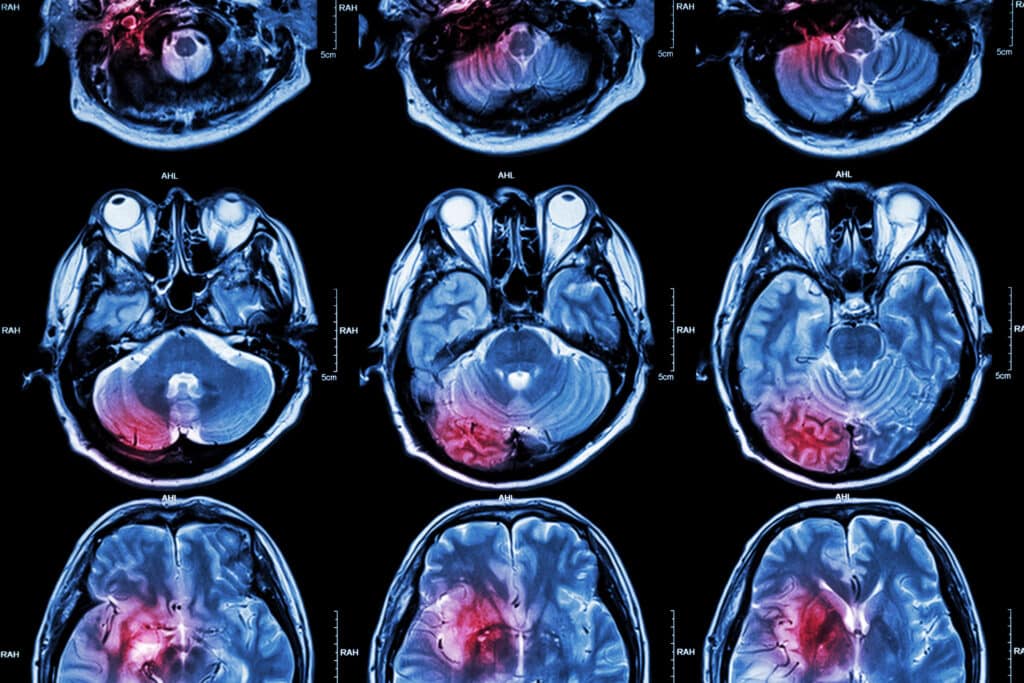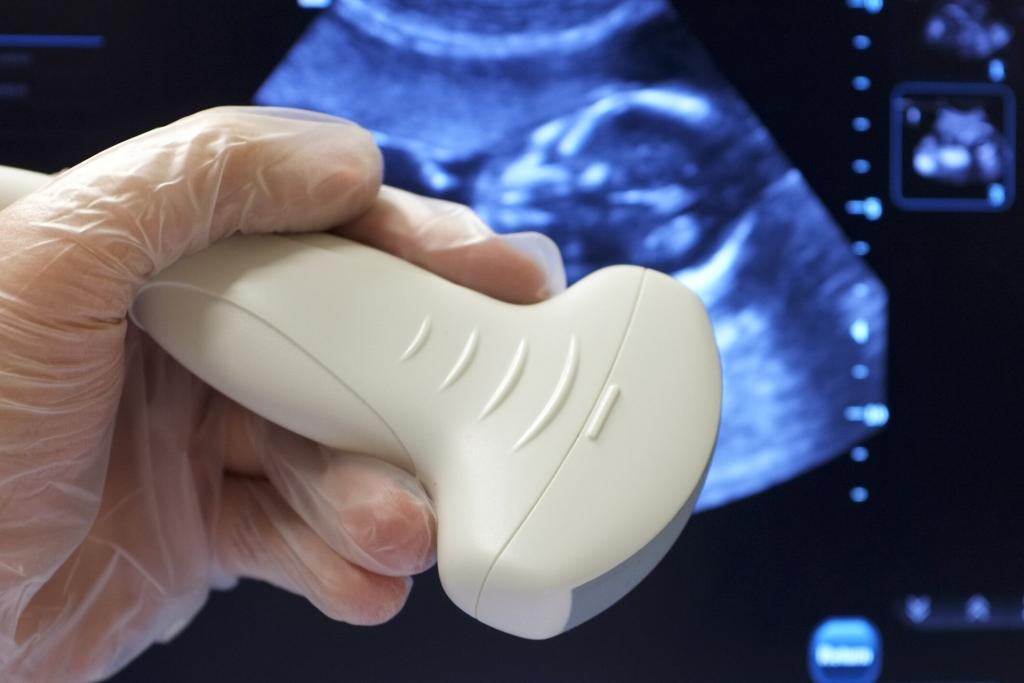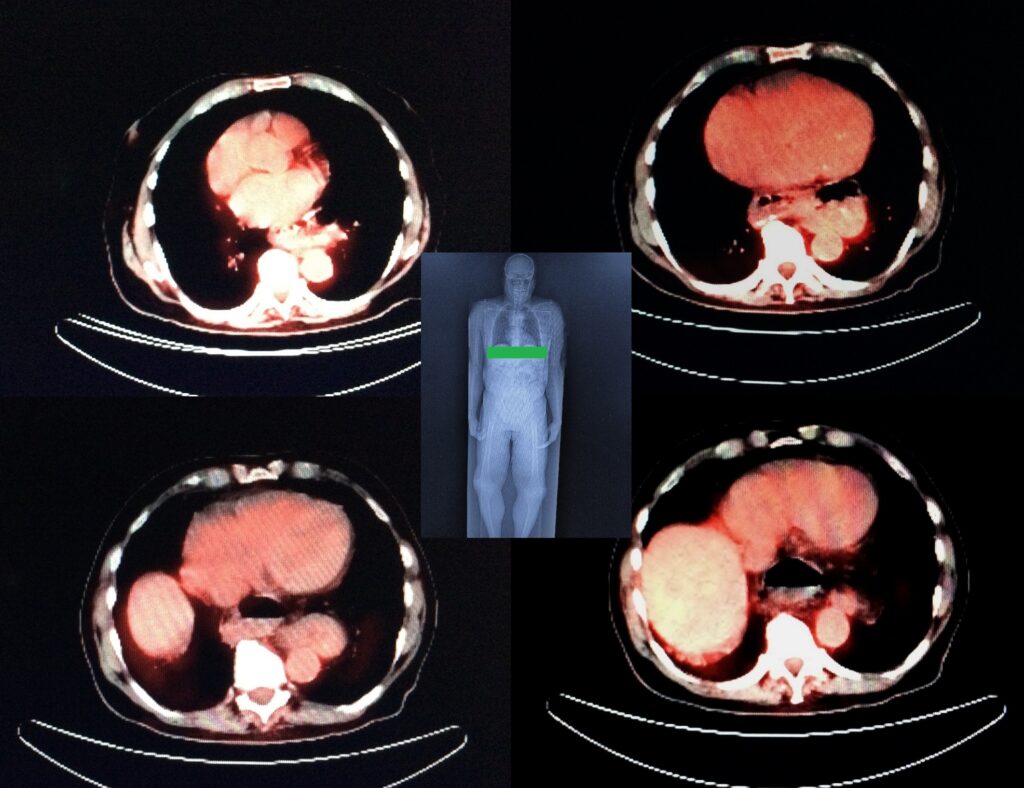Radiology
Medical radiology is a pivotal field within modern medicine, leveraging various imaging modalities to diagnose and treat diseases within the human body. The term radiology originates from the early use of radiographs or roentgenographs, named after Wilhelm Conrad Röntgen, who discovered X-rays. These images are produced by transmitting X-rays through a patient, revealing structures hidden by skin and muscle.
The radiologist’s toolbox is extensive, encompassing X-ray radiography, ultrasound, and computed tomography (CT). These tools allow for detailed observation of the body’s internal workings, facilitating early detection and treatment planning. X-ray radiography provides a quick and effective way to view the structure of bones, detect breaks, and assess organ health. Ultrasound, utilising sound waves, offers real-time imaging of soft tissue structures and is indispensable in prenatal care and diagnosing gallbladder disease. CT scans, on the other hand, provide cross-sectional views of the body, offering detailed information on soft tissues, blood vessels, and bones in a single image.
Nuclear medicine is another critical area in radiology, and radiopharmaceuticals are used to assess and treat diseases. This branch involves the administration of substances labelled with radioactive tracers, such as iodine-123, technetium-99m, and fludeoxyglucose (18F-FDG), which have an affinity for specific tissues. Techniques such as positron emission tomography (PET) and magnetic resonance imaging (MRI) enable precise disease detection and monitoring by showing body tissues’ metabolic or chemical activity.
Interventional radiology, a subspecialty of radiology, involves performing a range of minimally invasive procedures under the guidance of imaging technologies. These techniques, which include everything from angioplasty to stent placement, offer alternatives to open and laparoscopic surgery and are generally more accessible for patients to recover from.
Radiology also encompasses specialised techniques such as mammography and dual-energy X-ray absorptiometry (DXA). Mammography is crucial for early breast cancer detection, while DXA is primarily used to measure bone mineral density and assess the risk of osteoporosis. Furthermore, fluoroscopy and angiography involve the use of X-rays and a fluorescent screen to provide real-time images of the body’s internal structures, which is particularly useful during diagnostic and interventional procedures.
Thus, medical radiology remains an essential, ever-evolving field that plays a critical role in detecting, diagnosing, treating, and managing various diseases, vastly improving patient care and outcomes.
You are here:
home » medical radiology

